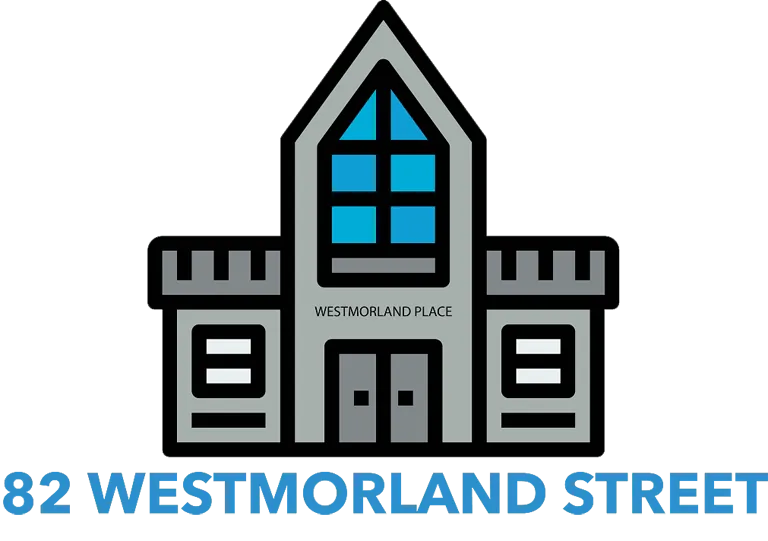
Why More Buildings should
Become Energy Efficient
As we move towards the future, energy efficiency remains a continued concern. With power costs rising, and natural resources depleting rapidly, building owners must focus on technological advancements to ensure their buildings should become energy efficient from the design phase itself. The good news is, there are many innovators focusing on a more energy-efficient future. Many are focusing on retrofitting buildings to improve their energy efficiency.
82 Westmorland Street
82 Westmorland Street is a passion project currently underway to show the benefits of retrofitting a building. The aim is to show the positive impacts a retrofits can have on the community and the environment. The retrofit project is expected to take six months to complete. It is expected to produce energy savings of 2,325 GJ - enough to halve energy use of the building. Along with energy savings, the retrofit of the 65k square foot office space on the corner of Westmorland St. & Queen St. is expected to reduce CO2 emissions by 175 tonnes (equivalent to removing 37 cars off the road).
Planned upgrades to the building include new ventilation and cooling system, LED lighting, and upgrades to heat and hot water system. After the project is completed, it will be the first in New Brunswick to achieve LEED Gold Existing Building certification: Operations & Maintenance.
Why More Buildings Should Become Energy Efficient?
While the retrofit of 82 Westmorland Street may be one of the first of its kind, it will stand as a testament to why communities should invest in energy-efficient buildings. There are many problems that come with urbanization including congestion, high costs of living, and pollution that can lead to a wide range of health hazards. While there has been a lot of focus on the energy-efficiency of new buildings, little concern is given to improving the energy efficiency of existing buildings and iconic landmarks. So why should we have more buildings that are energy-efficient?
Building Are Long-Term Investments
Buildings are long-term and long lasting investments. When a building is more energy-efficient, it provides for better financial and social returns in the future. On a global scale, buildings account for 60% of electricity use, 12 % of water use, 40% of waste, and 40% of material use. With each energy-efficient improvement, the community will save money and resources. With lower income residents putting a large portion of their income towards utility bills, less energy use by buildings will translate to more affordable energy prices in the community.
Building Energy-Efficient Buildings is a More Affordable Way to Positively Affect Climate Change
As companies and the community become more environmentally conscious, reducing climate change causing emissions is a vital concern. With an energy-efficient building, you can significantly reduce carbon emissions at a marginal cost, and also enjoy a return on the initial investment in the energy cost savings that it will produce in as little as six months.
Energy-Efficient Buildings Can Improve Community Health
More than 3 million deaths occur each year as a result of energy-related outdoor air pollution. Smog and other pollutants can destroy the quality of the outdoor air leading to health hazards for the nearby community. Having more energy-efficient buildings not only reduces deaths, but also reduces the costs of pollution-related healthcare.
When communities and corporations invest to focus on developing energy-efficient buildings and retrofitting current ones, everyone wins. Energy-efficient buildings provide for better health and energy costs for the whole community while having a global impact on the environment.
...And this is why 82 Westmorland has taken the initiative to have an energy retrofit for the benefit of the community, and the environment!
For more information on 82 Westmorland's energy efficient upgrades, click here!
References
WRI: 4 Surprising Ways Energy-Efficient Buildings Benefit Cities
Urbanization presents major challenges: congestion, sprawl, inefficiency, health hazards and high cost of living, just to name a few. But the choices we make for our cities can transform these challenges into opportunities: mobility, connectivity, economies of scale, healthier lifestyles and economic opportunity.

Naveco Power Inc: Energy Retrofits
When a building goes through an energy retrofit, it is renovated or refurbished to upgrade its overall energy assets. This allows it to conserve energy, which can provide a significant impact on its energy costs and the environment throughout its ongoing life.